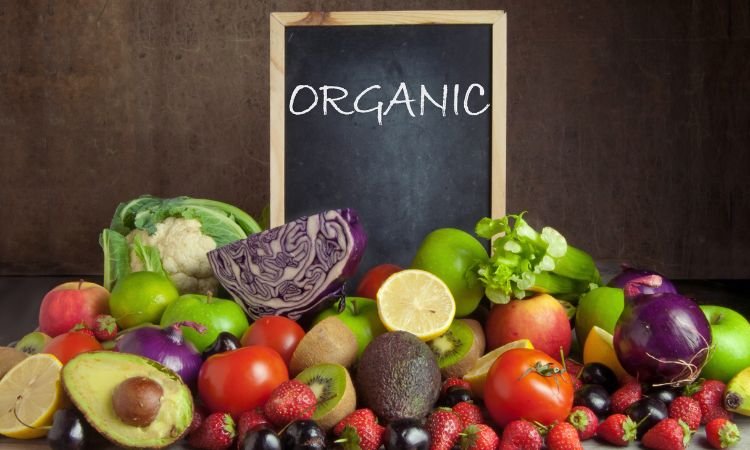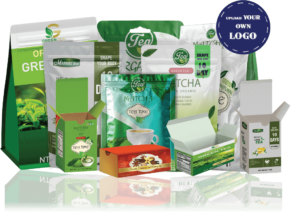In recent years, there has been a notable shift in consumer preferences towards healthier, environmentally friendly food options. The India organic food market has experienced significant growth as a result, highlighting the increasing awareness of health and sustainability among consumers. In 2023, the India organic food market size reached a value of USD 1,510.36 million and is expected to grow at a compound annual growth rate (CAGR) of about 22% during the forecast period from 2024 to 2032, potentially reaching a staggering USD 9,043.00 million by 2032. This blog post explores the key segments of the market, regional insights, competitive landscape, and future growth prospects.
Market Overview
Organic food refers to products that are grown and processed without the use of synthetic fertilizers, pesticides, or genetically modified organisms (GMOs). The organic movement has gained significant traction in India due to a variety of factors, including rising health consciousness, increasing disposable incomes, and greater availability of organic products. The market’s growth can be attributed to both local and global trends that emphasize organic farming and sustainable agricultural practices.
Market Segmentation
A. By Product Type
1. Organic Fruits and Vegetables
Organic fruits and vegetables are among the most sought-after products in the organic market. With consumers increasingly aware of the harmful effects of pesticides, there has been a rising demand for organically grown produce. Local farmers and cooperatives have started adopting organic farming practices to meet this demand, leading to a surge in availability. Major players, including ITC and Reliance Retail, are expanding their organic offerings to capture this growing segment.
2. Organic Beverages
The organic beverage segment encompasses various products, including organic teas, coffees, juices, and health drinks. The demand for organic beverages has been on the rise, driven by health-conscious consumers seeking alternatives to conventional drinks laden with artificial ingredients. Brands like Organic India and Nutriorg have capitalized on this trend by offering a diverse range of organic beverages, fostering consumer loyalty through transparency and quality.
3. Organic Meat, Fish, and Poultry
While still a smaller segment compared to fruits and vegetables, organic meat, fish, and poultry are gaining traction among health-conscious consumers. The demand for organic animal products stems from concerns over antibiotic use and animal welfare. However, regulatory hurdles and higher production costs present challenges for this segment. Companies like Himalayan Organics are working to bridge this gap by ensuring quality and compliance with organic standards.
4. Organic Dairy Products
Organic dairy products, including milk, cheese, and yogurt, have found a significant market in India, particularly among urban consumers. The perception of organic dairy as healthier and free from harmful additives is driving this segment’s growth. Major brands such as Amul are introducing organic variants, aiming to attract health-conscious buyers while maintaining affordability.
5. Organic Processed Food
The organic processed food segment has seen rapid growth as more consumers seek convenient yet healthy meal options. From organic snacks to ready-to-eat meals, this segment caters to busy lifestyles while promoting healthier eating habits. Brands like 24 Mantra Organic and Organic Tattva are pioneering this space, offering a variety of products that appeal to modern consumers.
6. Others
This category includes niche organic products such as grains, pulses, and snacks. The demand for these products is steadily increasing as consumers look for healthy, organic alternatives to traditional offerings. Awareness campaigns and product promotions are helping to elevate the visibility of these items in the market.
B. By Distribution Channel
1. Supermarkets and Hypermarkets
Supermarkets and hypermarkets play a crucial role in the organic food distribution landscape. As more consumers shift to organized retail formats for their grocery needs, these large retail chains are expanding their organic offerings. This channel provides a one-stop shopping experience and helps to educate consumers about the benefits of organic products. Retail giants like Big Bazaar and Walmart are actively promoting organic lines to cater to this growing demand.
2. Others
In addition to supermarkets, other distribution channels, including online platforms and local markets, are gaining prominence. The rise of e-commerce has made organic food more accessible, allowing consumers to conveniently order products from the comfort of their homes. Online marketplaces such as Amazon and BigBasket have dedicated sections for organic products, further driving their sales.
Regional Analysis
The demand for organic food varies significantly across different regions of India. Urban areas, particularly metropolises like Mumbai, Delhi, and Bangalore, show a higher inclination towards organic products, driven by a health-conscious populace and greater awareness of organic farming benefits. Conversely, rural areas, while increasingly engaged in organic farming, often face challenges related to infrastructure and access to markets.
Certain states, such as Sikkim and Himachal Pradesh, are leading the way in organic farming due to government initiatives and favorable climatic conditions. The state of Sikkim, in particular, has been recognized as India’s first fully organic state, providing a model for others to follow.
Competitive Landscape
The competitive landscape of the organic food market in India is evolving rapidly. Major players include both established brands and emerging startups. Companies like ITC, Reliance Retail, and Britannia dominate the market with their extensive product ranges and strong distribution networks. However, new entrants like Farmley and NutraBox are leveraging the growing trend of health-conscious eating by offering unique products that cater to specific dietary needs.
Brand loyalty and transparency in sourcing are becoming critical differentiators in this competitive market. As consumers become more informed, companies are compelled to share detailed information about their products’ origins and production methods.
Growth Forecast (2024-2032)
The India organic food market is poised for robust growth in the coming years. With an expected CAGR of 22%, the market is likely to be driven by several factors. Increasing health awareness, rising disposable incomes, and government support for organic farming initiatives are significant contributors to this growth.
Furthermore, as the urban population continues to expand, the demand for organic products is anticipated to rise. However, challenges such as price sensitivity and regulatory compliance may impact market dynamics. Companies that can navigate these challenges effectively and offer quality products at competitive prices will be well-positioned to thrive in this booming market.















